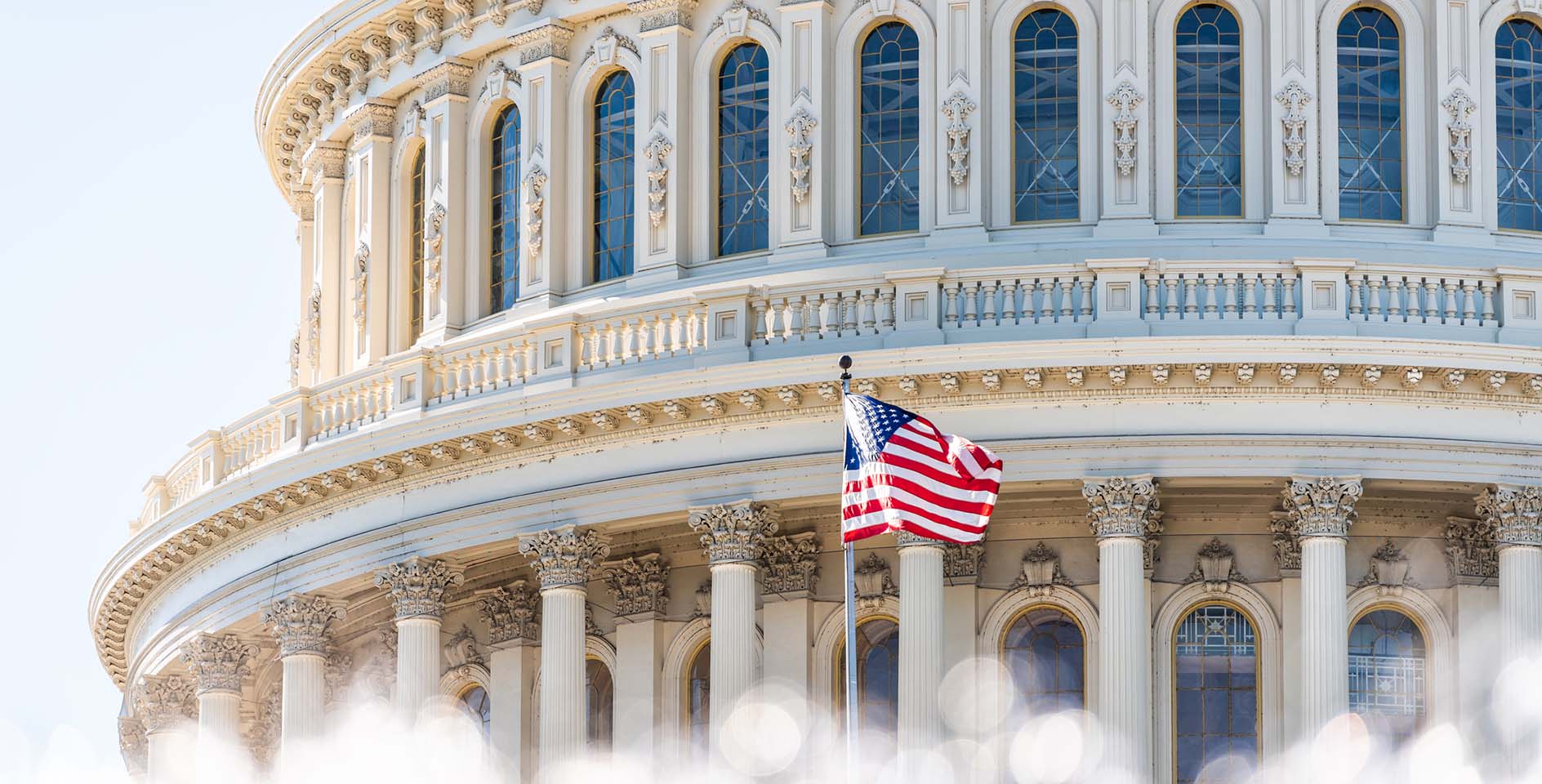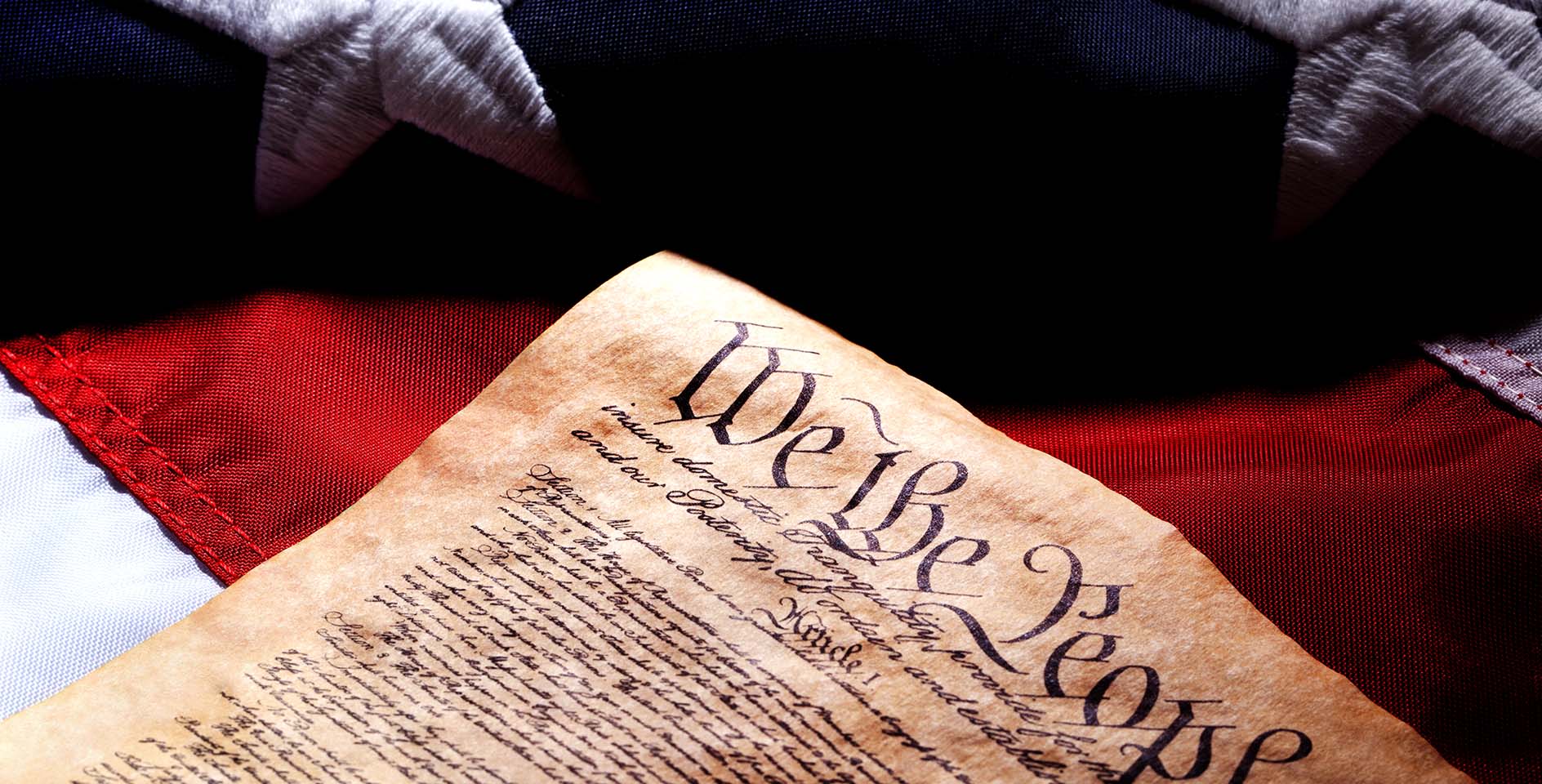Now that the consumer-focused shopping events Black Friday and Cyber Monday have passed, many Americans will be supporting #GivingTuesday. This global event is the unofficial marker for the start of the charitable season, when many focus on their holiday and end-of-year giving.
One of the main reasons charitable giving increases in December is because of the tax implications. As the year closes, so does the deadline for being able to make contributions that will increase the amount that can be claimed under the Charitable Deduction.
According to the IRS, taxpayers may deduct charitable contributions of money or property made to qualified organizations if they itemize their deductions. Generally, a taxpayer may deduct up to 50 percent of their adjusted gross income, but 20 percent and 30 percent limitations apply in some cases. This deduction has a profound effect on charitable giving, but has been undercut by the both the standard deduction and the requirement to itemize deductions.
This wasn’t always the case. Soon after the U.S. federal government passed the first law implementing a tax on income in 1913, many Americans became concerned that the new tax would decrease giving, particularly in a time of increased wartime tax rates. The Charitable Deduction was thus included in 1917 to provide an incentive and to offset the effect of taxation on giving.
Here’s why ERLC calls for Congress to extend the Charitable Deduction to 100 percent of taxpayers.
When it was first implemented, most income taxes were paid by the wealthy. But because of federal spending after the Great Depression and during World War II, the government needed to expand the tax base. By the mid-1940s, approximately 75 percent of the American population was paying federal income taxes. The process of calculating taxes and deductions was complex, though, so in 1944 the federal government implemented the first standard deduction.
The standard deduction—a set dollar amount that reduces the amount of income on which a taxpayer is taxed—made tax-filing simpler, and by 2014 only 30 percent of households still chose to itemize deductions. But while this was an improvement for most taxpayers, it reduced the number of people who were eligible for the Charitable Deduction.
The current tax reform plan would decrease that number even more as it increases the standard deduction and eliminates many other deductions. If the current tax reform is passed less than 5 percent of taxpayers able to claim the Charitable Deduction. This could have a devastating effect since research has shown that increasing the standard deduction has a negative effect on charitable giving for both religious congregations and other charities.
Fortunately there’s a simple solution to this problem: create a Universal Charitable Deduction. Extending the Charitable Deduction to 100 percent of taxpayers, not just those who itemize, would have the immediate effect of increasing total charitable giving. A study by the Indiana University Lilly Family School of Philanthropy finds that extending the charitable deduction to non-itemizers would increase charitable giving by $12.2 billion (4.3 percent) and decrease tax revenue by $13.1 billion (-0.5 percent). The net difference between charitable giving and tax revenue would be -$0.9 billion (-0.03 percent).
As a new white paper produced by ERLC notes, the beneficiaries of the Charitable Deduction are those served by charity. Institutions of civil society remind us we are not merely economic units managed by a government bureaucracy. Rather, we have obligations to one another as neighbors. In an era where government budgets are already under high pressure, the last thing lawmakers should do is risk the viability of private sector charity. When private sector charities reduce or cease operations their clients have few options other than to join government social service programs, which in turn burdens government budgets.
For these reasons ERLC calls for Congress to extend the Charitable Deduction to 100 percent of taxpayers, not just those who itemize. A Universal Charitable Deduction would incentivize all taxpayers, not just those in upper income brackets who itemize their deductions.
Current legislative proposals that would allow above-the- line deductions for individuals not itemizing include Senator James Lankford’s S.2123 and Congressman Mark Walker’s H.R. 3988. Both of these amendments would amend the Internal Revenue Code of 1986 for an individual who does not elect to itemize his deductions to claim the charitable deduction up to one-third the value of the standard deduction.
It’s time the government should encourage the voluntary financial giving of all citizens, at all levels of income. As Americans open their hearts and wallets to contribute to support their favorite charities, the government needs to give all taxpayers a way to avoid being taxed on their generosity.










